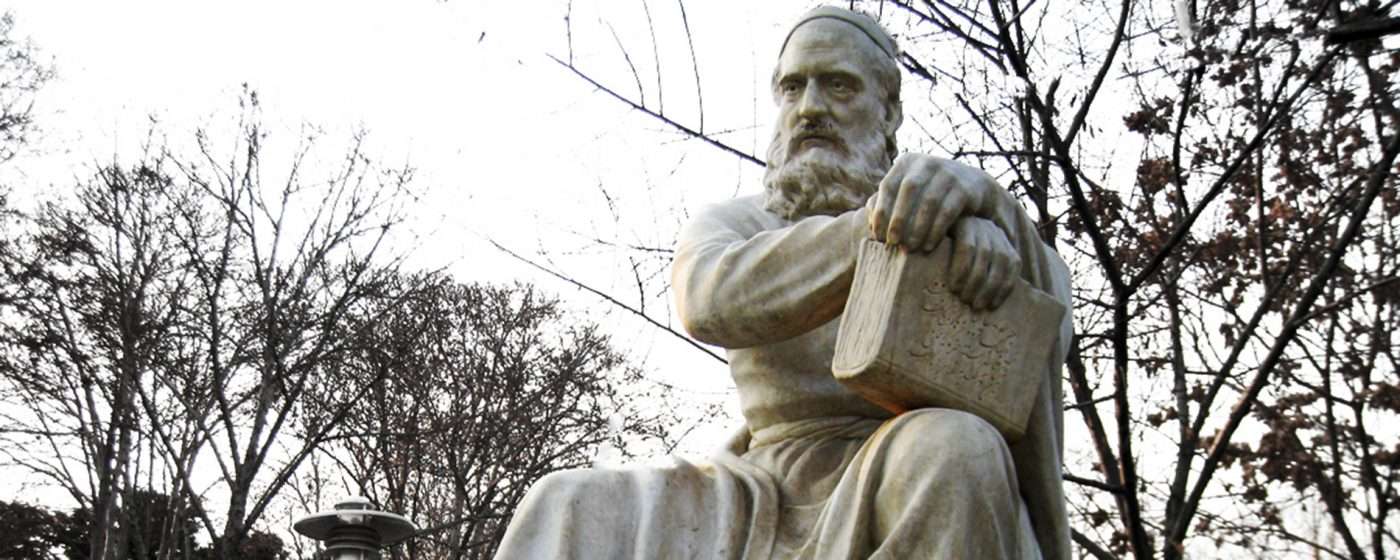
The History of Astronomy in Iran
The astronomical view of ancient Persians was affected by two different schools of thought. One was Avestan which was intermingled with religion. The other which had a rather scientific structure and in later periods especially Greek sciences had an impact on the Sassanids.
The basis of Zoroastrian and Avestan astronomy probably goes back to the Pre-Achaemenid era. Because in Avestan astronomy the moon is located more distant than other stars and planets; while Iranians in the Achaemenid era were aware of Babylonian astronomy; and it does seem far from the fact that they suggested this hypothesis.
Ancient Persians had envisioned a fixed space for the stars and divided this space into 12 parts. They called the collection of the stars of this space “Uiabanik”. Later in the Islamic era, this name changed to “Desert”. Ancient Iranians would consider big stars at the size of a huge stone, and medium stars at the size of a wheel. They believed that the moon is as big as a horse racecourse and the sun is as huge as the “Iranvig” state, which was the land of ancient Arians.
Besides, in ancient Persia, three stars and a constellation would be considered as four Sepahbods (highest military rank in the Sassanid period). Tishatr Sepahbod of the east, Sadvis the Sepahbod of the south, Vanand Sepahbod of the west, Haft Ourang (the Great Bear Constellation) Sepahbod of the north.
The astronomy in the Sassanid era was affected by the calculative Indian astronomy and is also under the impacts of Greek astronomy. After the Arab invasion, the occupiers got acquainted with the traditions of Persian Astronomy.
In fact, the progress of Islamic sciences depends mostly on the astronomical knowledge of nations such as Iranians, Indians, and especially Greeks.
Famous figures in Iranian Astronomy
Kharazmi: Mohammad bin Musa Kharazimi was one of the greatest mathematicians and astronomers of the Muslim world which had various attempts in the progress of the astronomy field. The word “Algorithm” was taken from this Kharazmi’s name (Al-Kha’arizmi or Al-Khawrazmi).
Abd al-Rahman al-Sufi: he was one of the greatest astronomers and observers of Iran. He was born in Fasa in Fars Province. He wrote the valuable work of “Sovar-ol Kavakeb” under the name of the King.
Abu Rayhan Al-Biruni: Al-Biruni was a great Iranian Scientist and is famous not only in Iran but throughout the world. He was skilled in sciences such as astronomy, mathematics, physics, history, geography, calendar, and linguistics. He had written 153 works of which 115 of them were related to mathematician and astronomy but only 35 of his works have remained.
Khayyam: is one of the greatest mathematicians and astronomers of Iran. He was born in Neyshabur and is the first person who has scientifically worked on linear, quadratic, and cubic equations. Omar Khayyam is mostly known for his poems in the western world that had been translated by the author and poet Edward FitzGerald. Astronomy in Iran
